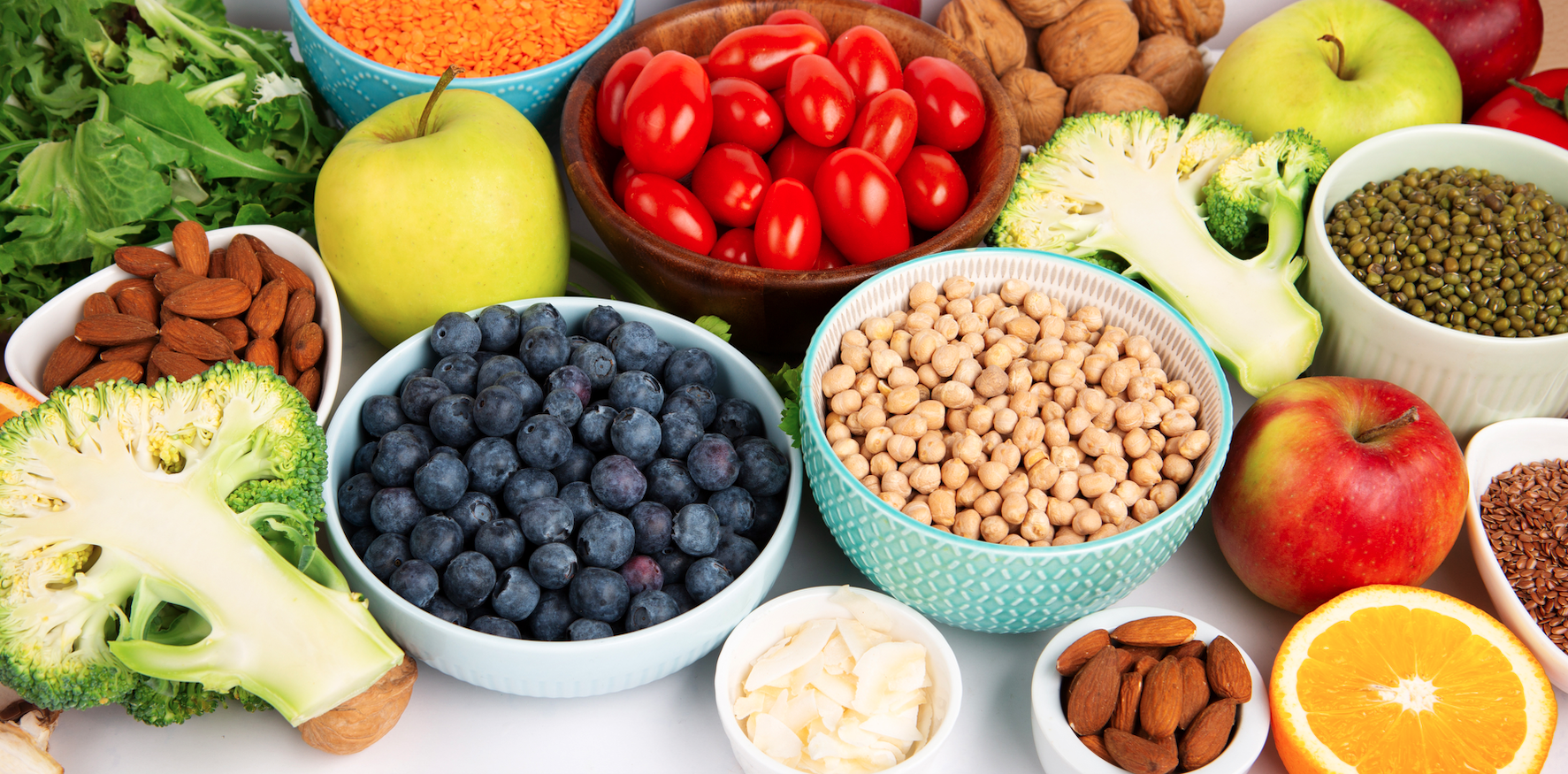
GLP-1 Side Effects: What You Should Know and How to Manage Them
Feeling icky? Let’s work on that. We explain the most common side effects of GLP-1 medications, and provide practical tips on how to manage them.

Understanding how GLP-1 medications affect hunger and cravings can help you make informed decisions about your diet, stay on track with your weight loss or health goals, and avoid overeating.
If you’re using GLP-1 medications like semaglutide or tirzepatide, you’ve likely noticed changes in your hunger and cravings. These medications are designed to help with weight management by regulating appetite, which can be a game-changer for those who struggle with overeating or emotional eating. Understanding how GLP-1 medications affect hunger and cravings can help you make informed decisions about your diet, stay on track with your weight loss or health goals, and avoid overeating.
In this blog, we’ll dive into how GLP-1 medications impact your appetite, why your cravings may change, and how you can modify your diet to stay on track with your weight management goals.
GLP-1 medications work by mimicking the action of the natural GLP-1 hormone in your body,
which has several important functions. Primarily, GLP-1 helps regulate appetite by:
The result is that many individuals experience a significant decrease in hunger and cravings. You may find that you’re eating less because you simply don’t feel as hungry as you used to. This is one of the main reasons GLP-1 medications are effective for weight management and weight loss. However, even though these medications help control hunger, it’s still important to pay attention to the types of food you’re eating to ensure you’re making healthy choices.
While GLP-1 medications can help with appetite control, some people may still experience cravings, especially when it comes to comfort foods or emotional eating. This is because GLP-1 primarily works on physical hunger signals, but cravings often stem from psychological or emotional triggers.
For those on GLP-1 medications, managing cravings is an important part of staying on track with weight management. GLP-1 therapy can reduce the intensity of cravings by keeping your stomach fuller for longer, but it won’t necessarily eliminate them entirely. This is where mindful eating and making intentional food choices can play a huge role.
Even though GLP-1 medications can help curb your appetite, your diet should still focus on balanced, nutrient-dense meals to maximize the benefits of the medication and support your weight management journey. Here are some strategies to help you modify your diet:
Protein is a key component of any diet that supports weight management, especially when using GLP-1 medications. It helps keep you feeling full and satisfied for longer periods. By prioritizing protein-rich foods, you can prevent hunger and keep your cravings in check.
Great sources of protein include:
Incorporating protein into every meal can help you stay on track and avoid overeating.
Healthy fats are another essential component of a balanced diet that works well with GLP-1 medications. Fats can help keep you fuller for longer, support hormone regulation, and provide a steady source of energy.
Some great sources of healthy fats include:
Healthy fats can help stabilize your energy levels, making it easier to avoid unhealthy cravings
throughout the day.
Fiber is an important nutrient for anyone trying to manage hunger and cravings. It adds bulk to your meals, helping you feel full and satisfied. For those on GLP-1 medications, incorporating fiber-rich foods into your meals will enhance the appetite-suppressing effects of the medication.
Fiber-rich foods include:
These foods help stabilize blood sugar levels and prevent energy crashes that might trigger cravings for sugary or processed foods.
Even though GLP-1 medications help reduce hunger and cravings, practicing portion control is still essential to avoid overeating. While you might not feel as hungry, it’s important to be mindful of how much you’re eating and make healthier food choices.
Here are some tips for mindful eating:
Many people turn to food in response to stress, boredom, or emotional triggers, even when they’re not physically hungry. While GLP-1 medications can help curb hunger, they do little to address the emotional aspects of eating. To manage emotional eating, consider the following strategies:
To make the most of GLP-1 medications, it’s essential to pair them with a healthy eating plan.
Combining GLP-1 therapy with portion control, balanced meals, and mindful eating can help you stay on track with your weight loss and health goals. It’s also important to maintain a consistent exercise routine to support overall wellness.
If you find yourself struggling with hunger, cravings, or emotional eating, consider consulting with a weight management physician or a nutritionist who can offer personalized advice. They can help you build a tailored nutrition plan that aligns with your needs and supports the effects of GLP-1 medications.
Understanding how GLP-1 medications affect hunger and cravings is essential to making the most of your weight management journey. By modifying your diet to include more protein, healthy fats, and fiber rich foods, practicing portion control, and managing emotional eating, you can stay on track with your weight loss and health goals. Remember, while GLP-1 medications are a helpful tool, consistency with diet and healthy lifestyle choices is key to long-term success.
Find GLP-1 providers that ship to you, and get started on your GLP-1 journey today.


Feeling icky? Let’s work on that. We explain the most common side effects of GLP-1 medications, and provide practical tips on how to manage them.

Learn about mindful eating, how GLP-1 medications support it, and get tips for integrating mindful eating practices into your GLP-1 routine.

Creating a balanced meal plan that works with GLP-1 medications can help maximize the benefits, improve overall health, and support your weight management goals.